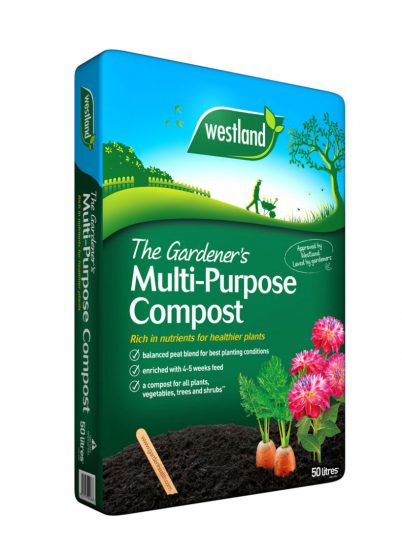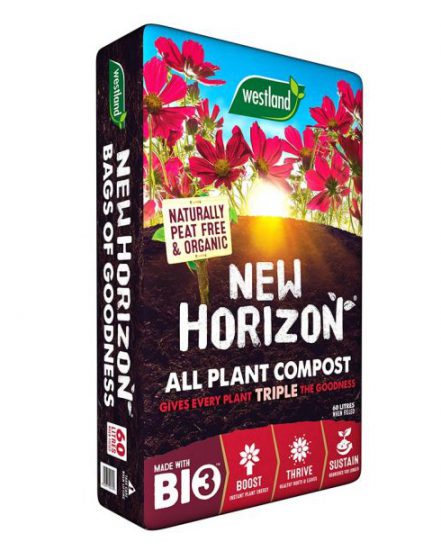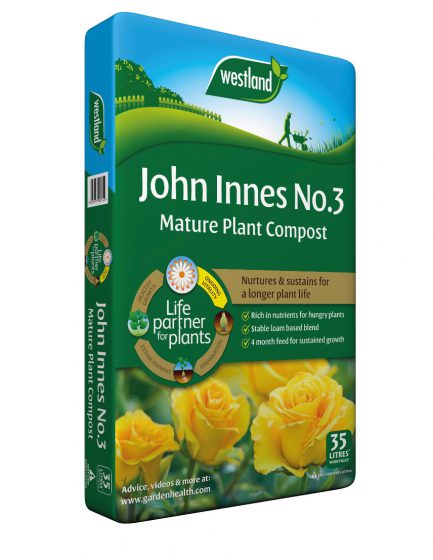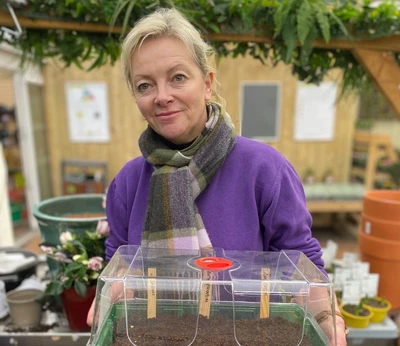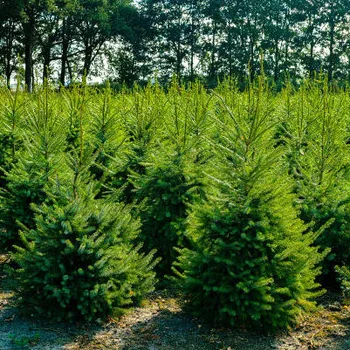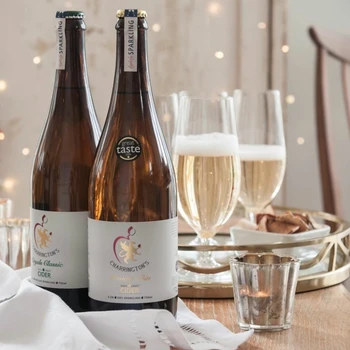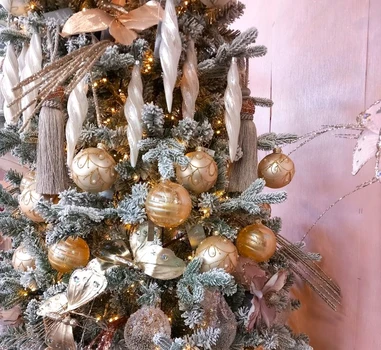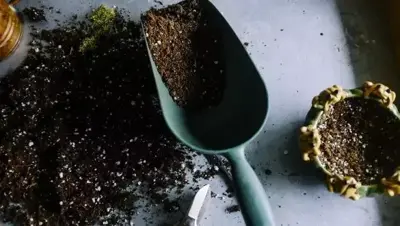
I was recently asked about compost by Anna, our Marketing Manager, and what on earth John Innes 1, 2 and 3 are. As a result, I agreed to write a blog to attempt to de-mystify the world of compost, little knowing what I had let myself in for. I have worked in the Garden Industry for over 20 years and am a keen gardener myself, but the more I dug (pardon the pun), the more I understood why this topic can cause such confusion.
To start with, we should call it Growing Media. Compost is also what you make at home from your garden and kitchen vegetable scraps; that is not what we are talking about here (perhaps the topic of another blog another day). What I am looking at are the bags that you buy in the garden centre to plant up your pots and containers, grow your veg, or improve the soil in your garden.
Growing Media is a blend of different things mixed together to best suit the plants or the situation you are growing in. This is why there is such a selection to choose from, as there are so many different things to grow with different requirements. Firstly, let’s look at what Growing Media is mainly made up of:
Peat
Traditionally, this was the basis for most compost – it is a natural resource that is formed mainly in low-lying bogs through the slow decomposition of plant matter, giving a very consistent friable soil which is why it was used in horticulture (also as I discovered yesterday, in cosmetics). There are, however ,many environmental problems with using peat, which you will hear talked about more and more. In recent years, the need to conserve this diminishing natural resource has been recognised, as well as the flora and fauna that depend on it. Peat bogs are also an important carbon sink: destroying them to make garden compost contributes to climate change. As an industry we have to wean ourselves off this material and this is something we are working towards. At Millbrook, we have introduced peat-free alternatives for every different type of growing media and have cut out any very high peat content composts – we are working towards eliminating peat altogether. Most peat composts are now blended with non-peat material to reduce the amount of peat used (you can find the peat % on the back of the bags of compost).
The challenge for horticulture is finding an alternative and quickly. This is even more pressing for our growers who need to ensure consistent growing results which they get with peat-based composts. There is a lot of research going into this challenge at the moment and the alternatives currently are:
Coir
This is made from coconut fibre; it has good water holding ability and structure but does not hold nutrients well so needs to be blended with other material to help with this. It is a waste product from food production but it does have to be shipped from countries like Sri Lanka and India so as an industry we also need to be aware of this environmentally. This material is used in a lot of peat-free composts, such as New Horizon compost that we sell.
Wood Fibre
Most peat-free composts also contain wood-based materials: e.g. wood-fibre, composted bark, sawdust, wood or paper waste. The environmental benefit is they are by-products and can be sourced in the UK.
Green Waste
Many local councils collect ‘Green garden waste’ and convert this into compost, the challenge with using this to create growing media is that there is not very much of it and it can be very inconsistent as there is little control over what goes into the green waste.
Other Peat alternatives
You can also find growing media made from sheep’s wool, cardboard, straw waste and obviously you can blend your own at home with your garden compost.
Loam
Used in some growing media blends – especially John Innes compost, this is basically topsoil with a specific mix of sand, silt and clay soils.
What to use for what?
Now you have got your head around what growing media is made from and what you would prefer to use, you now need to think about what you are going to plant and how you want to use your compost.
Multi-Purpose
This is a nutrient-rich growing media that is suitable for most plants – in pots, hanging baskets and containers. Made up of some or all of the above materials plus, grit, vermiculite and plant food. Some blends contain more plant food than others – they may say feeds plants for 6 months so read the label to check this. Remember anything planted in a pot will need regular watering and feeding in the growing season.
Hanging Basket or Moisture control
A Multi-purpose compost with an added water retention gel that holds the water in the compost and reduces the amount of watering you will need to do.
John Innes
This is a blended growing media, the recipe for which was developed in the 1930s to achieve consistently good plant growth. Traditionally made from peat (peat-free alternatives now available), loam, grit and sand. The John Innes range is numbered 1, 2 & 3 to indicate increasing amount of nutrients in the soil. So why does this matter?
John Innes Seed compost – has very low nutrients – this is perfect for growing seeds, to encourage germination and the growth of tiny roots.
John Innes No 1 – contains slightly more nutrients and is for transplanting seedlings.
John Innes No.2: For when you are potting-up small plants, vegetables or for houseplants.
John Innes No.3 Compost: Has the most nutrients and is designed for final planting up of established plants.
Seed compost
A compost with low nutrients (see above) which is perfect for growing seeds. As the plant grows you will need to pot into a compost with higher nutrients or into the ground.
Ericaceous
This growing media is for acid-loving or lime-hating plants such as Rhododendrons, Azaeleas, Camellias or blueberries. These plants will struggle in normal compost and you will see yellowing leaves and they will need re-potting into Ericaceous. Remember to feed them with an ericaceous plant food as well.
Topsoil
This is literally the top few inches of soil, screened (sieved) and bagged, ideal for filling in raised beds, topping up borders or patching up gaps in your lawn.
Gro-Bags
These convenient bags are ideal for growing tomato plants or other veg. They are generally filled with a multi-purpose compost with added food that helps the veg grow bigger – for example Tomorite. Watch out, though, the nutrients won’t last right through the growing season and for really successful veg growing you will have to feed after a few weeks. I would definitely recommend the bigger Gro-bags for more soil, more room for roots and less watering required.
Rose, Tree and Shrub compost
This blend is ideally suited to larger plants (not bedding or annual plants). It gives season-long nutrients and can be used in pots or mixed with your soil when planting in the ground (mix 50% compost with 50% of your soil when filling in your planting hole).
Bulb Fibre
This is a multi-purpose compost which has charcoal added to stop the rotting of bulbs in the soil. Perfect if you are planting bulbs in pots or in boggy ground.
Mulches, Soil improvers and Manure
Mulches and Soil improvers tend to be made of composted organic matter (like your homemade compost), that is used to improve the soil in your garden by adding nutrients and structure. These can be dug in or just spread on the surface to suppress weeds and let the worms do the hard work taking nutrients down to the plant roots.
Well, there you go – simple isn’t it? Perhaps just remember the key facts:
- What is peat and do I want to use it in my garden? If not, there are now plenty of great alternatives.
- What am I growing? For most purposes a good multi-purpose or John Innes compost will do the job brilliantly. Just watch out for those exceptions particularly when growing from seed and for Ericaceous plants. Remember, anything growing in a pot will need regular watering and feeding in the growing season.
- Finally, we are here to help. If in doubt. please ask!


